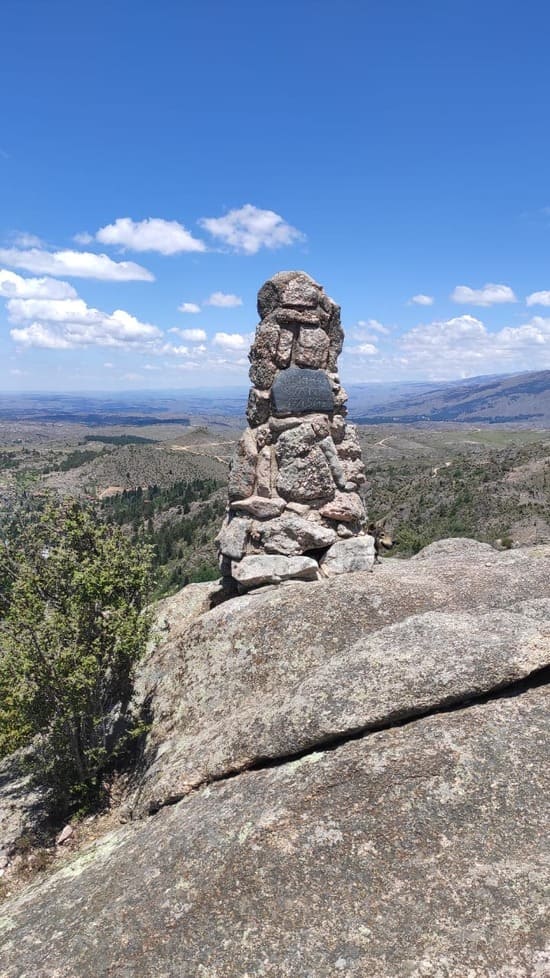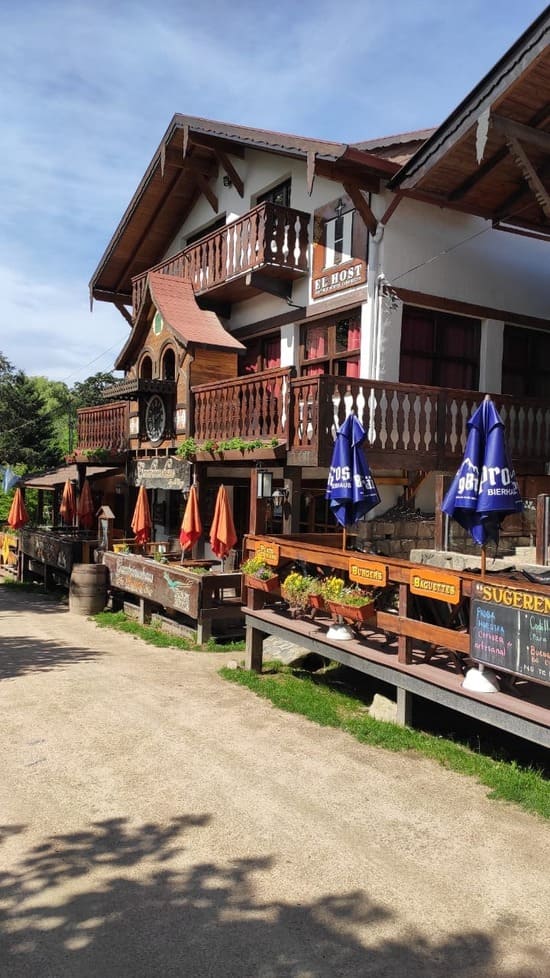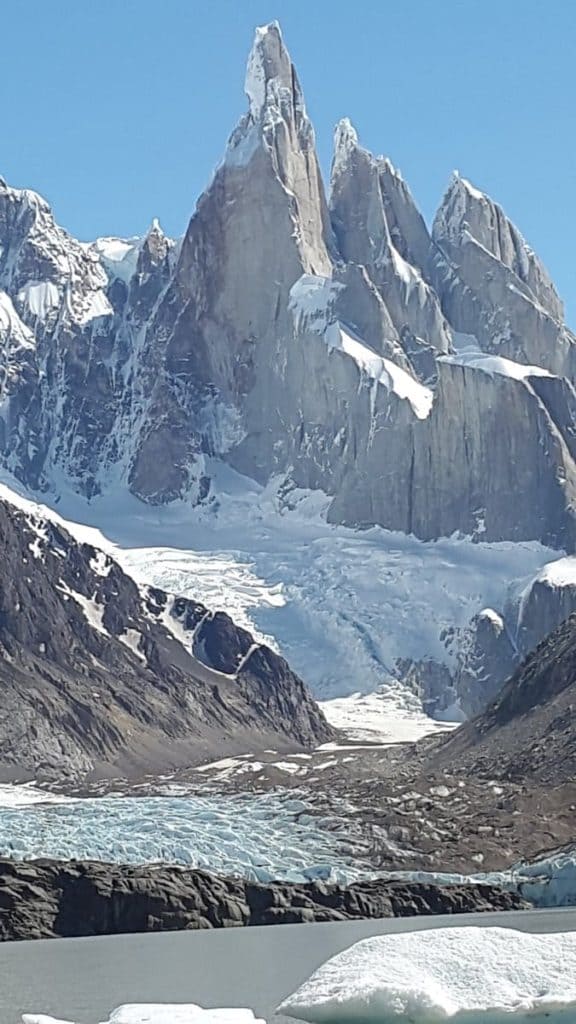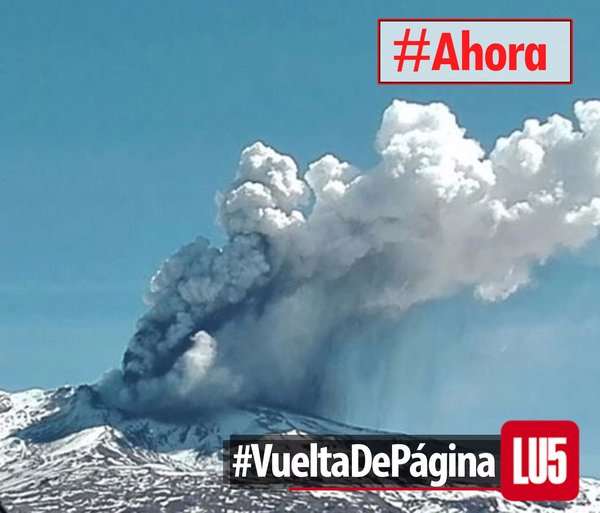Hiking to Cerro Wank – Rio Subterraneo – Cascada Escondida
La Cumbrecita – Mountain Village
Remember mountain villages in Germany, Switzerland or France. Founded by a Siemens Manager 90 years ago, and has that charming European center in every corner
.
The path we went to La Cumbrecita is called Wank Hill – Underground River – Hidden Waterfall. (Cerro Wank – Rio Subterraneo – Cascada Escondida). It is absolutely necessary to do it with a guide, since from the summit on the Wank hill the trails are not signposted. For that we hire a guide at the entrance of the Villa, in a shop called Tekking La Cumbrecita.






